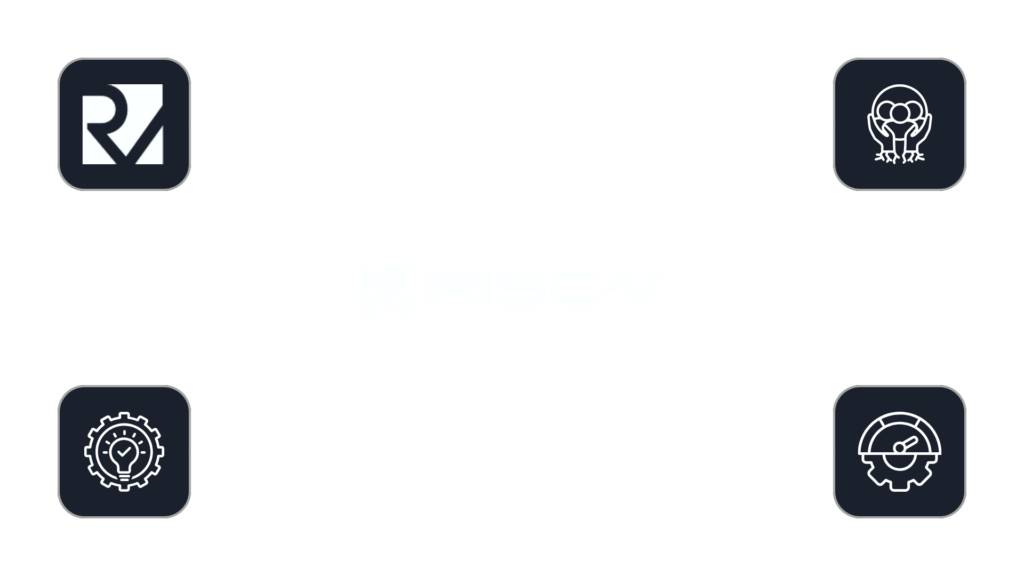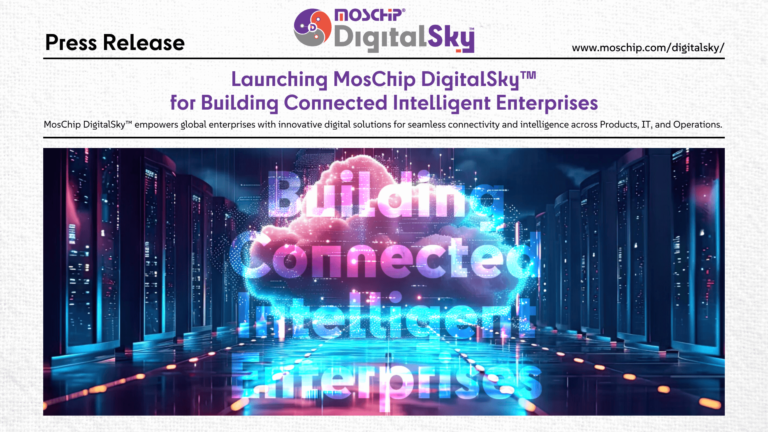RISC-V: The Open-Source Revolution in CPU Architecture
RISC-V is an open-source Instruction Set Architecture (ISA) that rapidly transforms the CPU design and development landscape. Unlike proprietary ISAs, RISC-V allows free access to architecture specifications, enabling the creation of custom processors tailored to specific needs without licensing fees. The open-source nature of RISC-V fosters collaboration among universities, research organizations, and industry stakeholders, driving advances in computer architecture for a wide range of applications from embedded systems to high-performance computing.
RISC-V challenges traditional CPU architectures like ARM and x86, known for their proprietary models that restrict users and hold back innovation. In contrast, RISC-V’s open nature fosters a more democratic development environment, enabling collaboration and resource sharing without fear of exclusion. RISC-V’s modular design enables customized feature selection, offering a compact base instruction set with flexible extensions for diverse needs, enhancing performance and power efficiency to align promptly with evolving tech trends. For instance, RISC-V can seamlessly incorporate the latest AI and ML advancements, keeping it relevant in today’s tech environment. RISC-V’s challenge goes beyond providing an alternative framework; it revolutionizes CPU design by emphasizing transparency and collaboration.
Understanding RISC-V Architecture
Benefits of RISC-V
Open-Source Architecture
Customization and Innovation
RISC-V’s open-source architecture fosters unparalleled customization and innovation, enabling developers to design processors tailored to specific needs. For example, SiFive, a leading RISC-V adopter, has developed customizable chips for automotive and edge computing, demonstrating how RISC-V empowers industry-specific solutions. This flexibility accelerates innovation and reduces costs, as companies avoid licensing fees associated with proprietary ISAs, making RISC-V a game-changer across diverse technological landscapes. RISC-V drives innovation by providing an open-source platform that enables developers to build processors tailored to unique applications without the constraints of proprietary architectures. For instance, Alibaba’s T-Head has developed a RISC-V-based Xuantie processor for AI and IoT, showcasing how the architecture enhances performance while optimizing for power efficiency.

Benefits of RISC-V
Community Driven Development
Performance Optimization
Applications of RISC-V
Embedded Systems
RISC-V is revolutionizing embedded systems by providing a customizable platform that caters to specific application needs. The modular architecture of RISC-V enables developers to customize processors for resource-constrained environments, crucial for devices like microcontrollers and IoT sensors. Its lightweight design and compatibility with popular embedded Linux distributions such as Yocto and Debian allow developers to create efficient solutions for various applications, from smart home devices to industrial automation systems.
High-Performance Computing
Automotive
The automotive industry is undergoing a significant shift by embracing RISC-V architecture, known for its open-source and modular design ideal for developing processors tailored to ADAS and autonomous vehicles. RISC-V’s flexible nature allows manufacturers to create secure and compliant systems meeting ISO 26262 safety standards. Furthermore, RISC-V’s efficiency in low latency and high performance is ideal for real-time processing, crucial for modern vehicle functions.
Consumer Electronics
RISC-V is gaining traction in consumer electronics with customizable chips designed for smartphones, smart appliances, and wearables due to its open-source architecture enabling tailored chip creation. Customization enhances performance and efficiency by allowing manufacturers to design chips meeting specific requirements. RISC-V’s adaptability makes it a key enabler for developing next-gen consumer electronics as demand for innovative features grows.
Data Centers
RISC-V is known in data centers for its energy-efficient performance. RISC-V offers customizable performance for AI, big data, and cloud computing, enhancing energy efficiency and reducing operational costs with its modular design. The open-source nature eliminates licensing fees, fostering innovation and lowering ownership costs. RISC-V’s flexibility allows the creation of custom processors for different data center tasks, meeting the needs for efficiency and high throughput.
As open-source technologies continue to shape the future of computing, RISC-V demonstrates the potential for collaborative innovation with open-source technologies like FreeRTOS, ONNX, and others shaping future computing. The community-driven nature encourages continuous improvement and democratizes cutting-edge technology access. RISC-V’s modular architecture and customization play a vital role in creating efficient and powerful processors, marking a shift towards an open, inclusive, and innovative future in computing aligned with evolving technology and societal needs. MosChip enables RISC-V-based high-performance computing and innovative and scalable solutions for multiple industries across the globe. Our expertise involves the bring-up of open-source RISC-V core on FPGA, porting different OS (Linux, RTOS) on customized RISC-V platforms, driver development, integration, and porting for SPI, I2C, GPIO, UART, PLIC, CLINT (MTIME), MMC.





